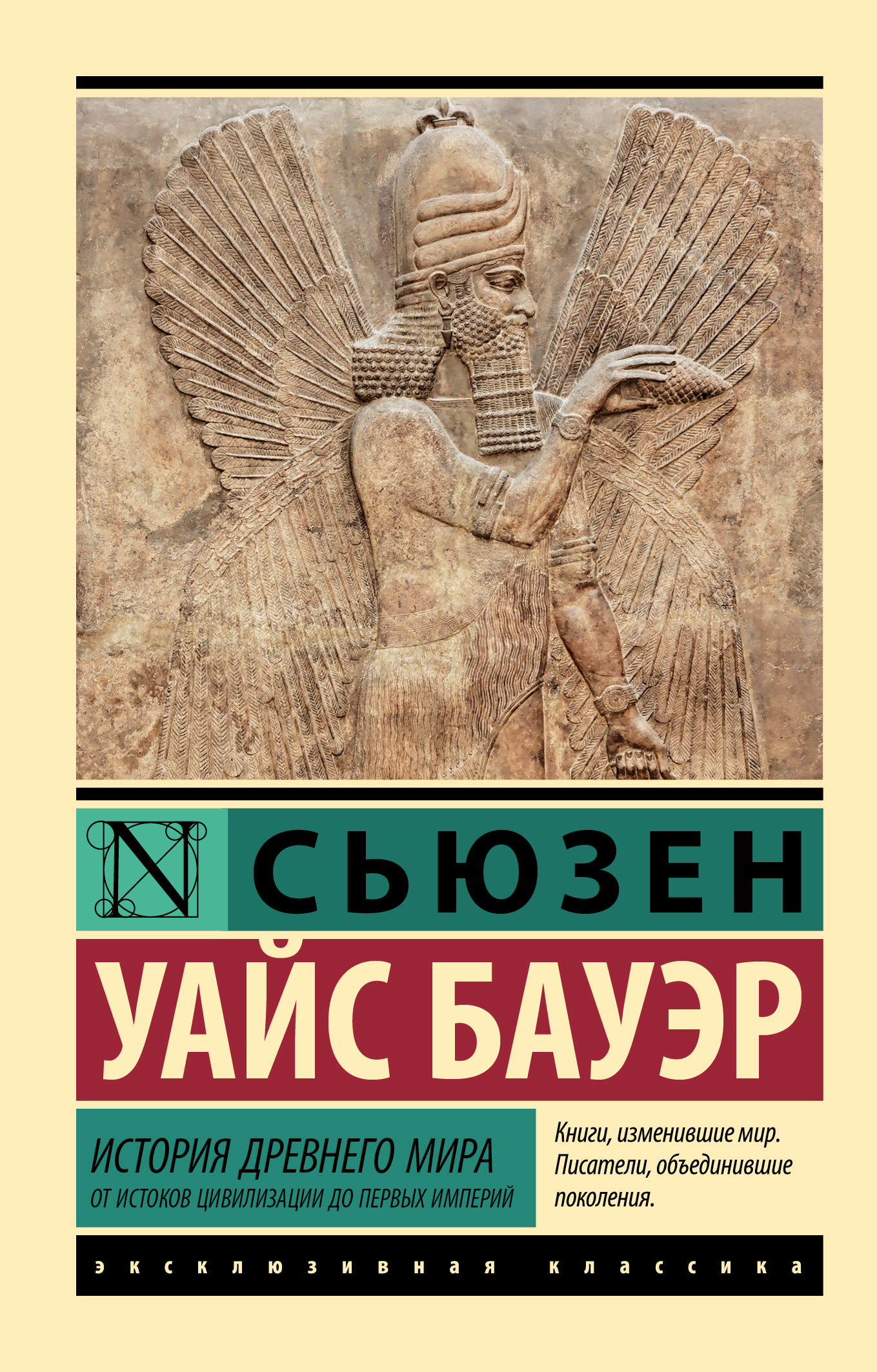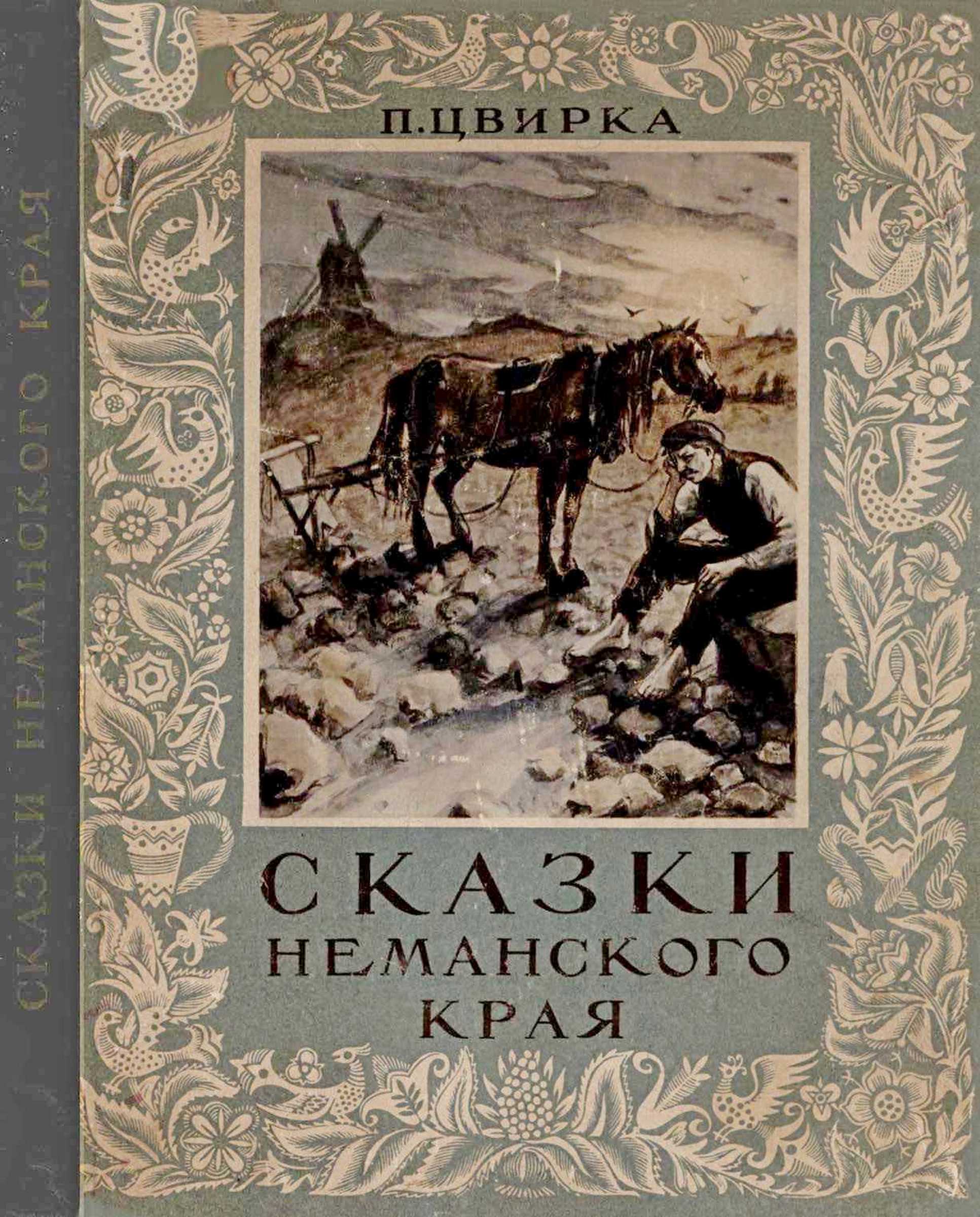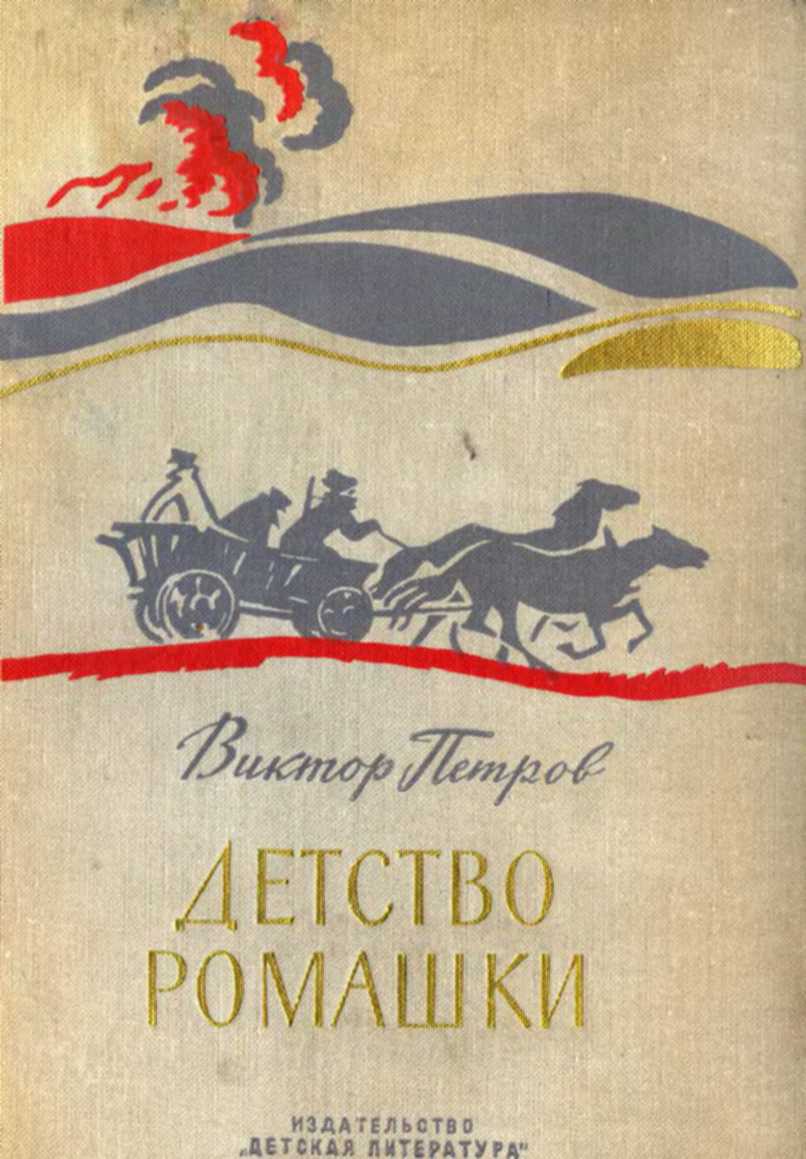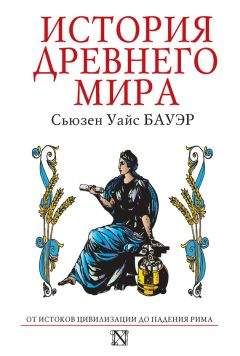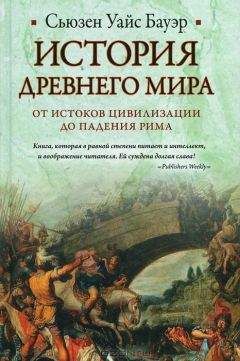p. 11.
Ch’ien, p. 47.
Lord William Taylour, The Mycenaeans (1983), p. 18.
Plutarch, Plutarch’s Lives, vol. 1, The Dryden Translation (2001), p. 10.
Taylour, p. 41.
Ibid., p. 147; Robert Morkot, The Penguin Historical Atlas of Ancient Greece (1996), p. 29.
Taylour, p. 137.
John Chadwick, Linear B and Related Scripts (1987), p. 44–49.
Herodotus, 3.122.
Taylour, p. 156.
Fitton, p. 179.
J. T. Hooker, «Homer and Late Minoan Crete», Journal of Hellenic Studies 89 (1969), p. 60.
Clayton, p. 116.
David O’Connor and Eric H. Cline, Amenhotep III: Perspectives on His Reign (1998), p. 13.
Ibid., p. 11.
Tacitus, The Annals of Imperial Rome (1996), p. 111.
Details found in Ernest A. Wallis Budge, Tutankhamen: Amenism, Atenism, and Egyptian Monotheism (1923), p. 68, см. также: Clayton, p. 117.
Donald B. Redford, Akhenaten: The Heretic King (1984), p. 36–37.
Clayton, p. 116.
O’Connor and Cline, p. 20.
Laessoe, p. 90.
O’Connor and Cline, p. 243.
William L. Moran, ed. and trans., The Amarna Letters (1992), p. 1.
Ibid., p. 1–2.
Ibid., p. 8.
O’Connor and Cline, p. 2–3.
Redford, Akhenaten, p. 162.
Dodson and Hilton, p. 142.
Redford, Akhenaten, p. 52.
Cyril Aldred, Akhenaten, King of Egypt (1988), p. 278.
Ibid., p. 241–243.
Redford, Akhenaten, p. 141.
Парафраз надписи из Эль-Амарны (далее EA), обозначенной археологами как 20-я, приведена в: Moran, p. 48.
Redford, Akhenaten, p. 195.
EA 41, in Moran, p. 114.
EA 16, in Moran, p. 16.
Redford, Akhenaten, p. 197.
Laessoe, p. 90.
EA 9, in Moran, p. 18.
Saggs, Babylonians, p. 118–119.
Clayton, p. 134.
Nicholas Reeves, The Complete Tutankhamun: The King, The Tomb, The Royal Treasure (1995), p. 23.
Clayton, p. 135.
Clayton, p. 138.
Ibid., p. 146.
Bryce, p. in.
Shaw, p. 298.
Diakonoff, p. 189.
Shaw, p. 298.
Clayton, p. 151.
Письмо переведено и процитировано у: Bryce, p. 172.
Luckenbill, Ancient Records, vol. 1, p. 27.
Bryce, p. 108.
Luckenbill, Ancient Records, vol. 1, p. 40.
Redford, Egypt, p. 188.
Clayton, p. 153.
Barbara W. Tuchman, The March of Folly: From Troy to Vietnam (1984), p. 43. 1. Taylour, p. 159.
Homer, The Iliad, Book 3; this translation is E. V. Rieu’s (1950).
Virgil, The Aeneid, 2.13–20, translated by C. Day Lewis (1950).
Ibid., 2.265–267, 327.
E.V. Rieu, «Introduction», in Homer, The Iliad (1950), p. xiv.
Chadwick, p. 36.
Clayton, p. 162.
Herodotus, 1.4.
Herodotus, 1.5.
Thucydides, 1.11.1.
Homer, The Odyssey, Book 3, Samuel Butler translation (1898).
Thucydides, 1.12.2.
J. Legge and C. Waltham translation, quoted by Chang, p. 12.
Fairbank and Goldman, p. 34.
J. A. G. Roberts, p. 67.
Ibid., p. 8.
Chang, p. 32–35.
A. Waley translation, quoted in Chang, p. 13.
Cotterell, China, p. 24.
Keay, p. 26.
Ranbir Vohra, The Making of India: A Historical Survey (2001), p. 3–4.
Keay, p. 29. Мандала может также означать нечто округлое.
The Rig Veda, translated by Franklin Edgerton in The Beginnings of Indian Philosophy (1965), p. 52–56.
Kulke and Rothermand, p. 35.
Thapar, Early India, p. 114.
Redfbrd, Egypt, p. 247.
Clayton, p. 157.
Bryce, p. 94.
Ibid., p. 22.
K.A. Kitchen, trans., Ramesside Inscriptions, Historical and Biographical, vol. 4 (1969), 5.3.
Bryce, p. 95.
Ibid., p. 109.
Ibid., p. 26.
Ibid., p. 234.
Redfbrd, Egypt, p. 245.
Переделано из надписи, обозначенной как RS 34, взятой из: Sylvie Lackenbacher, Le rot bdtisseur. Les recks de construction assyriens des origins a Teghitphalasar III (1982).
Itamar Singer, «New
